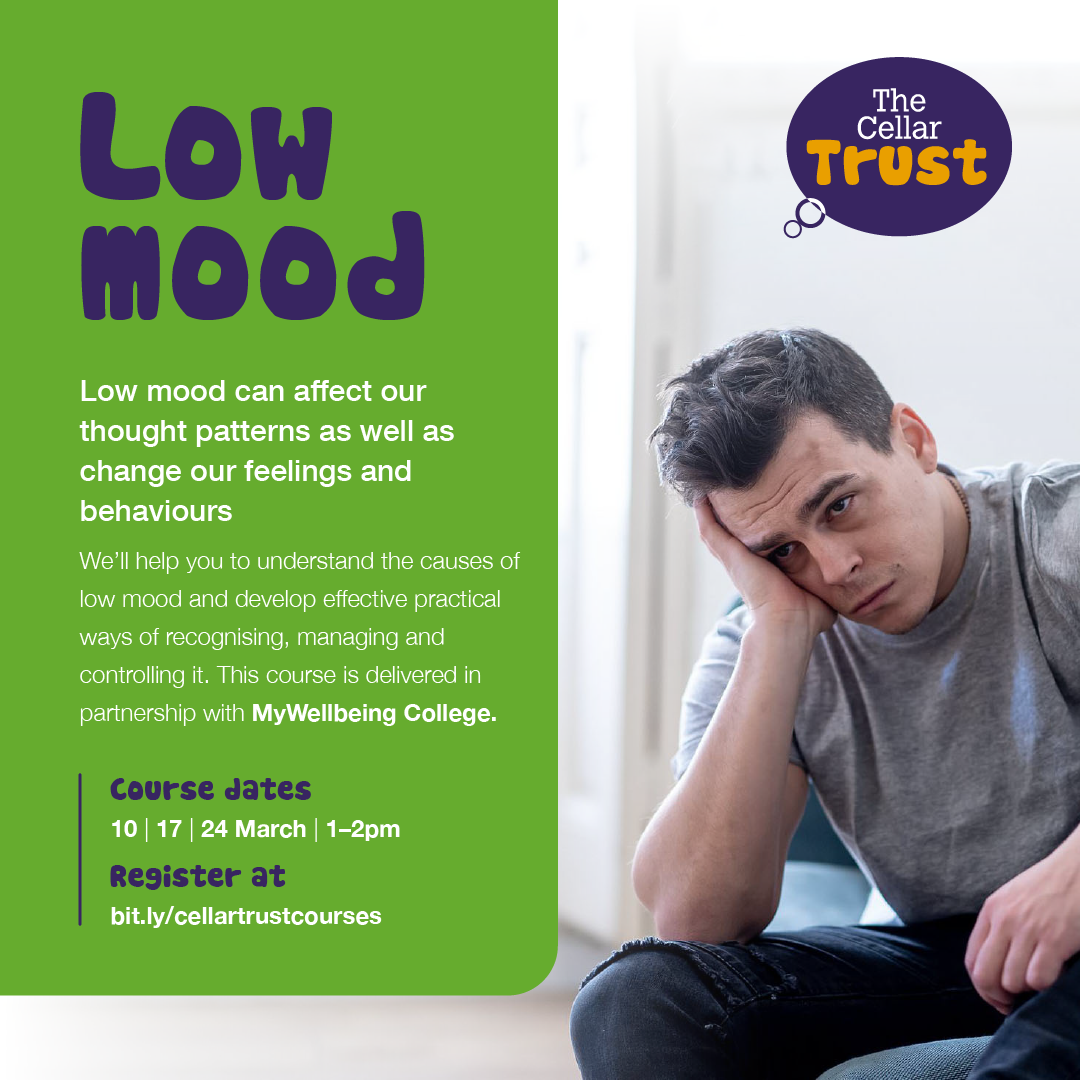

While bipolar disorder is a lifelong illness, medication and talk therapy can help people manage it and lead healthy lives. People with the disorder may also think about hurting themselves. You may brush off these changes as "just being moody." But, in reality, you or someone you know could have a serious mental illness.īipolar disorder can ruin relationships with spouses, family members, friends, or co-workers. Sometimes you feel both at the same time. Support is available if you or someone you know experiences distressing mood changes.When you have bipolar disorder, you experience frequent mood swings-from extreme lows to extreme highs. If mood episodes are interfering with your daily life, however, it may be time to speak with your healthcare team. Mood disorders include depressive and bipolar disorders.įeeling emotional or responding to an emotionally charged situation doesn’t mean you have a mood disorder. Persistent mood episodes that impact how you function in the world can sometimes indicate a mood disorder. “Other” or “unspecified.” When mood episodes impact daily functioning but can’t fit under any other diagnosis, they may be listed as “other” or “unspecified” mood disorder.“With seasonal pattern,” for example, is a specifier that may commonly be applied to depressive episodes in what’s known as seasonal affective disorder. The DSM-5 includes conditions, known as specifiers, which indicate a specific condition the mood disorder presents with. Sometimes substances and underlying medical conditions can create symptoms similar to bipolar disorder. Mood disorder due to medication, drugs, or medical conditions.Major depressive disorder is one of the most common mood disorders, affecting an estimated 17.3 million adults in the United States annually.

Major depressive disorder (MDD)Īlso referred to as clinical depression, major depressive disorder involves feelings of loss, sadness, emptiness, and despair that can impair your daily life. With premenstrual dysphoric disorder, symptoms are often more severe and can include anxiety, depression, and irritability during the weeks prior to menstruation.

Premenstrual dysphoric disorder is often described as a more intense form of premenstrual syndrome, better known as PMS. Living with persistent depressive disorder typically means you’ve experienced symptoms of depression for a period of at least 2 years. That’s why some people refer to this as high-functioning depression. You may feel down and irritable, among other symptoms, but your functioning won’t be as impaired. However, unlike MDD, this condition doesn’t present with marked depressive cycles.

Persistent depressive disorder (dysthymia)įeelings of emptiness and despair may occur with persistent depressive disorder, just as they do in major depressive disorder (MDD). On the other hand, mood disorders that are classified as depressive disorders include: Disruptive mood dysregulation disorderĬonsidered to be a childhood mood disorder, disruptive mood dysregulation disorder often presents with episodes of intense anger and outbursts.Ĭhildren living with this condition can act irritable and angry almost daily, to the point where daily functioning may be impaired. This disorder consists of not-as-intense shifts in mood that occur more rapidly than those in other bipolar disorders. If you experience symptoms of elevated or depressed mood that don’t last as long as episodes of bipolar I disorder or bipolar II disorder, you may be diagnosed with cyclothymic disorder. To get this diagnosis, you must experience at least one episode of depression and at least one episode of hypomania - a state of elevated mood that isn’t as intense as mania. Bipolar II disorderīipolar II disorder is considered to be a milder form of bipolar I disorder. Like manic episodes, depression episodes may feel intense. If you’re living with bipolar I disorder, you may experience episodes of depression, as well. Each has its own diagnostic criteria and range of severity.īipolar disorders include: Bipolar I disorderīipolar I disorder consists of at least one mood episode of mania, a heightened state of energy, and feelings of elation.Įveryone experiences mania differently, but typically, it leads to impulsivity and irrational behaviors. There are a few diagnoses that fall under the umbrella of mood disorders.


 0 kommentar(er)
0 kommentar(er)
